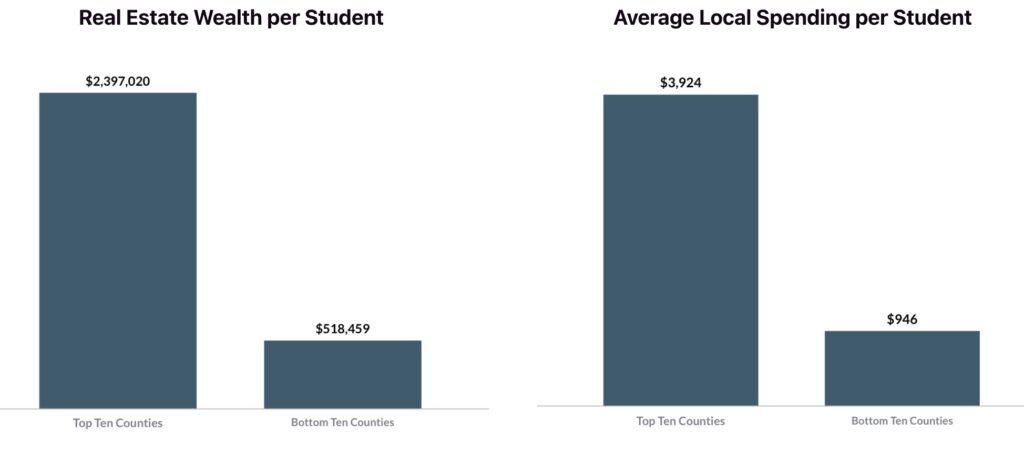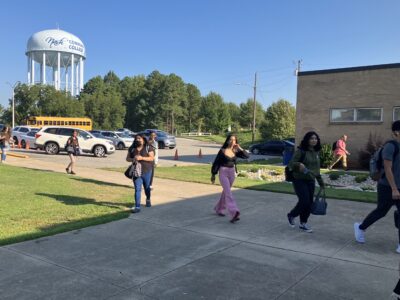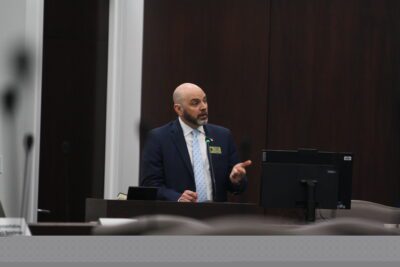|
|
The Public School Forum of North Carolina released its annual Local School Finance Study this week, which looks at how each county spends its money on public schools. The data reflects the 2021-22 school year.
The study revealed a significant gap between the state’s poorest and richest counties in regard to their capacity to support schools.
Though school districts do receive federal and state funding, local funding plays a critical role in ensuring adequate resources and quality teacher salaries are available for schools.
The past annual studies have revealed trends that fuel the disparity between counties, according to this year’s study. One of these trends is the growing wealth inequality between richer and poorer counties leading to a gap in how counties are able to fund their schools.
Another trend is that lower wealth counties tend to have higher tax rates than higher wealth counties to make up for the lack of sufficient funding, but still have low tax revenue compared to wealthier counties.
The study found the state’s 10 poorest counties have a tax rate 1.7 times higher than the top 10 richest counties.


“North Carolinians living in lower wealth districts continue to face an impossible financial burden to support public education,” said Public School Forum Policy and Research Manager Elizabeth Paul in a press release.
Higher tax rates in lower wealth counties place a load on residents while still failing to achieve positive funding results for their public schools, the study found.
Results on the 100 counties from the study can be found in the interactive map below.
Lower-resourced districts have a harder time offering educators competitive salaries, which can lead to problems with hiring and retention, the study found.
The study includes an example highlighting this problem: In 2021-22, the Wake County Public School System, a wealthier district, offered teachers an average of $8,670 in a locally funded salary supplement. Greene County, a lower-wealth and rural district, provided teachers an average of $1,000 in a locally funded salary supplement. Learn more about North Carolina’s salary supplements here.
The map below shows local teacher salary supplements:
In the 2021-23 biennium budget, the General Assembly allocated $100 million to offer teachers up to $4,250 in salary supplements in 95 counties with a focus on supporting rural and low-wealth locations.
There are also disparities in the amount school districts are able to spend on students, the study reports, with the top 10 highest-spending counties providing over four times the funding as the bottom 10 counties.
A district’s “ability to pay” reflects the income-adjusted revenue in an area divided by its student population, the study says.
The top five counties in ability to pay are as follows:
1. Dare
2. Brunswick
3. Carteret
4. Jackson
5. Watauga
The bottom five counties in ability to pay are as follows:
1. Robeson
2. Greene
3. Hoke
4. Scotland
5. Sampson







